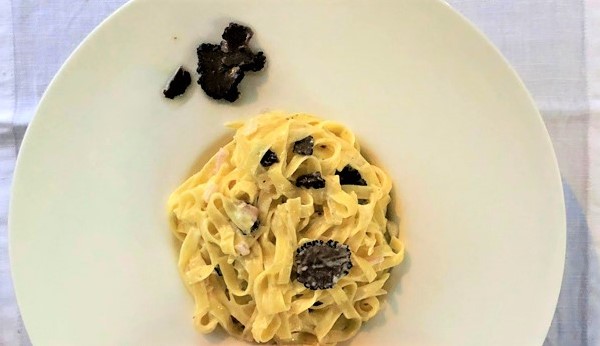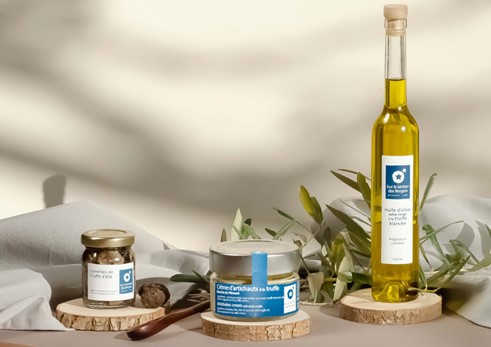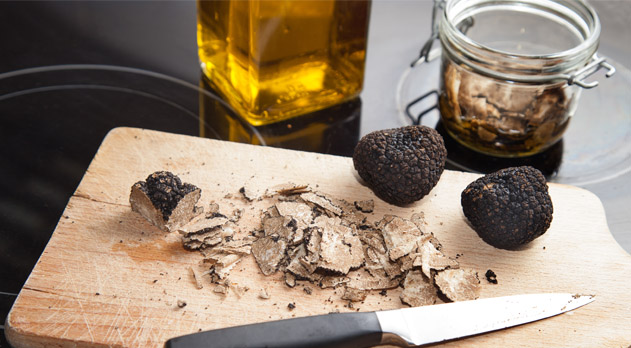
THE BLACK TRUFFLE:
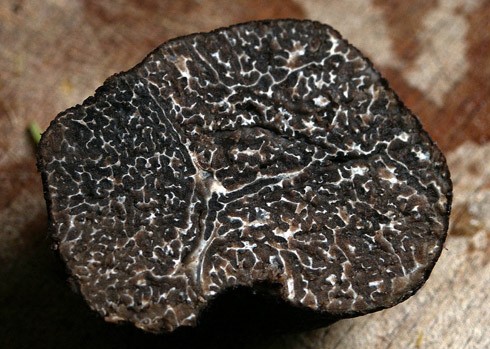
The black truffle, in Latin Tuber melanosporum, or even the Périgord truffle, develops in spring and grows from mid-August to be picked several months later, between November and March. It is only found in limestone soils at a depth of 1 to 15cm at the foot of truffle trees (oaks, lime trees, hazelnuts, etc.). The black truffle has a rather rounded shape. Its flesh is firm and black, marbled with a white veining.
THE WHITE TRUFFLE:
White truffles, in Latin Tuber Magnatum Pico, or Alba truffles, are harvested from October to December. It is found in the region of Alba, Italy. Still little known a few years ago, it is now very popular. Besides its great taste qualities, its rarity makes it an exceptional dish. The white truffle has a smooth yellowish skin and a light brown flesh veined with white.
SUMMER TRUFFLE:
The white summer truffle, in Latin Tuber aestivum, or Saint John's truffle, is harvested from April to the end of August, unlike its cousins.
Visually, the summer truffle resembles the black truffle but is often bulkier and firmer. Inside, its flesh is white when unripe, then yellowish to beige when ripe. It is crossed by very fine white veins, which are the reason for its name "white summer truffle".
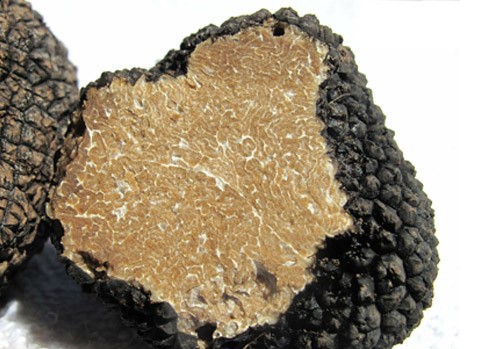
The special thing about summer truffles is that they should be eaten raw. When cooking, its aromas fly away.
HOW TO CONSUME THEM?
The truffle, whether black or white, goes well with certain foods. Potatoes, rice, eggs, or pasta perfectly capture the flavors of the truffle. In addition, certain aromas and flavors particularly highlight the powerful taste of the truffle. Among these we find garlic, chives, leeks or even Parmesan. If you're making pasta with truffles, don't forget to add a few shavings of Parmesan!
Here is our recipe for tagliatelle with truffle:
Summer truffles can be eaten raw, in salads, on pasta or in omelets, for example. It is also eaten a lot as an aperitif, on toast or cut into strips and drizzled with olive oil and fleur de sel.


